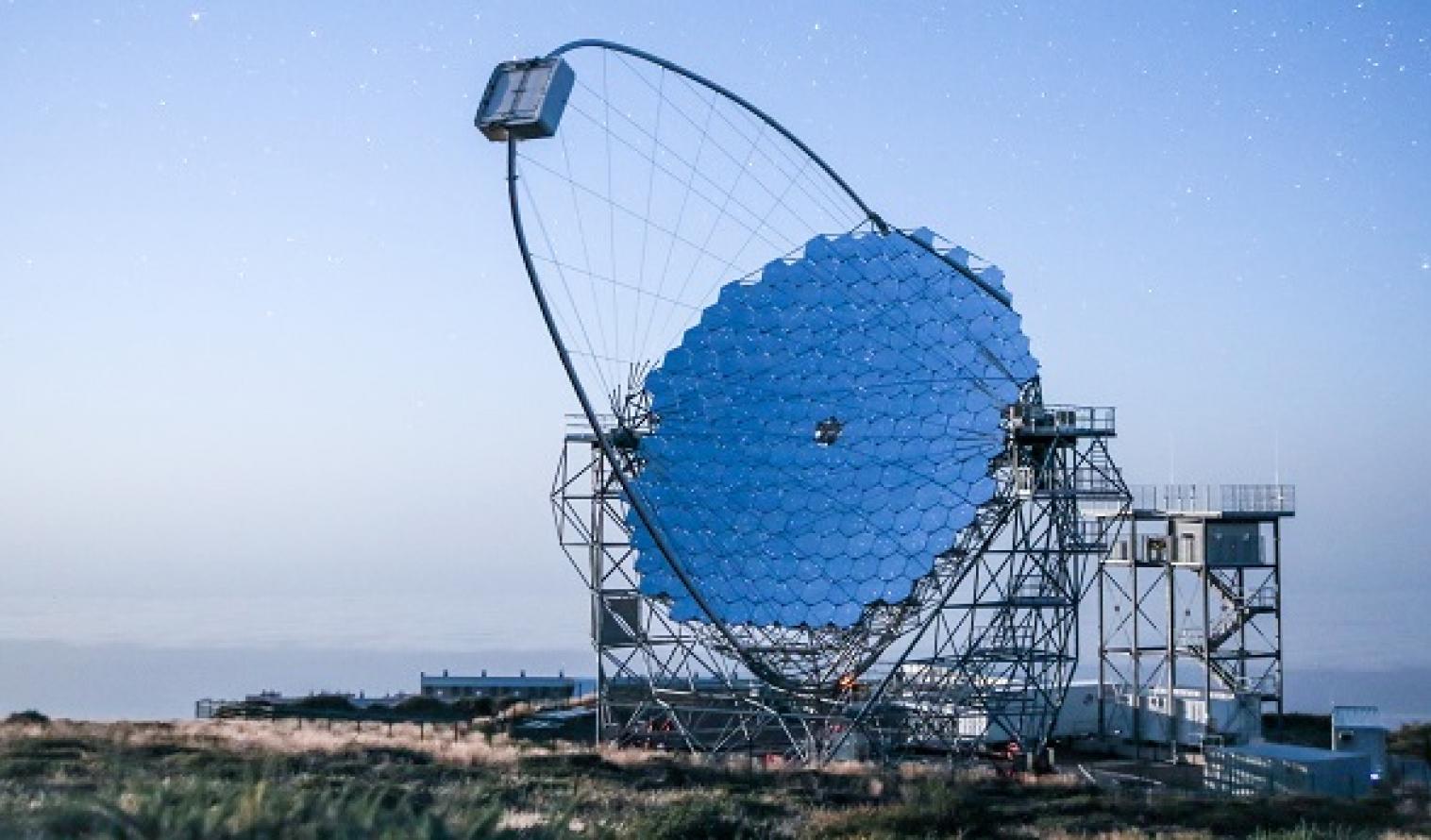Titel
Scientific discoveries with European research infrastructures

14th March 2022 — As part of research infrastructure, telescopes or high-power lasers are among large-scale devices which make important contributions to answering fundamental scientific questions. The telescopes of the "Cherenkov Telescope Array" (CTA), for example, are currently being used to find out what dark matter is, what the centre of our Milky Way is like, and what happens near black holes.
A roadmap to mark ESFRI’s 20th anniversary
To ensure that German researchers also have access to research infrastructures that are operated on a European, and often even international, scale, DLR-PT is involved in ESFRI on behalf of the Federal Ministry of Education and Research (BMBF). This forum has drawn up a roadmap for European research infrastructures, which is to apply for the next 10 to 20 years. The roadmap contains the best European scientific facilities – based on a thorough evaluation and selection process developed by ESFRI itself – and makes a crucial contribution to the rapid implementation of these facilities in basic scientific research.
Currently, ESFRI is celebrating its 20th anniversary. France, which currently holds the Presidency of the Council of the European Union, is hosting the anniversary conference in Paris on March 25th, 2022. The patron is the French Academy of Sciences.
Researchers and professional audience in dialogue on research infrastructures
The conference will provide an important opportunity to highlight the importance of European research infrastructures for cutting-edge research. Several outstanding scientists are to share their most important discoveries with the audience and illustrate how they have benefited from Europe's unique research infrastructures. The conference will be streamed live via the ESFRI YouTube channel.
Further development of the ESFRI roadmap
In order to help shape the work in ESFRI at national level and implement international large-scale facilities in basic research in the natural sciences, the BMBF is involved in various committees. This requires considerable effort with a lot of coordination work and is also associated with legal and technical issues, which is why DLR-PT has been supporting the BMBF since 2014. For example, it plays a key role in the further development of the ESFRI roadmap and supports the ministry in ensuring German participation in new research infrastructures. Examples of this, in addition to the aforementioned CTA, include the "Square Kilometre Array" (radio astronomy) and the "Extreme Light Infrastructure" (high-power and ultrafast lasers).
DLR-PT is also actively involved in the development of statutes, in particular the European legal form ERIC (European Research Infrastructure Consortium), which is legally recognised in all European countries and enables the rapid establishment of European research infrastructures with financial advantages. In addition, DLR-PT provides national experts for working groups (e.g. administrative and financial bodies) as well as scientific expertise for the strategic working group "Physics and Engineering".